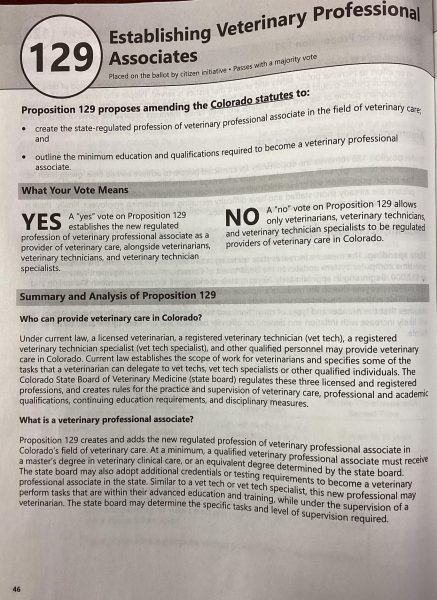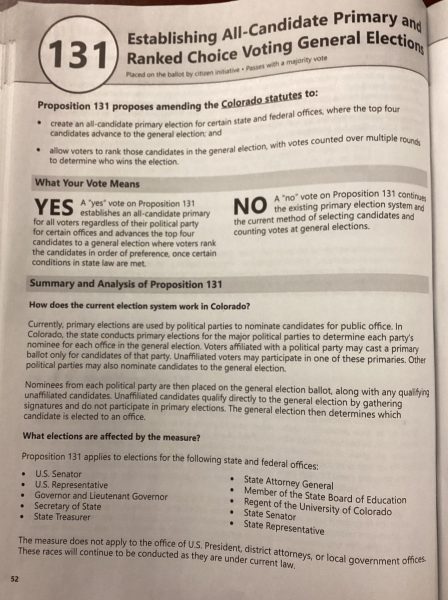Op-Ed: Low-Income Communities Need Sustainable Living Too
Access to sustainable living for low-income communities is becoming more of an issue as climate change looms over us. Creating accessibility can be easily accomplished, so long as the government is willing to become involved with the issue.
Different approaches have been enforced to make this a possibility within these communities. However, few have actually been successful in their attempts. The need for best practices to be implemented is at a boiling point; the steps forward now rest in refining them.
There isn’t a singular approach which will work for every local government, but a few can be applied to move local governments towards accessible, sustainable practices. Bottom-up strategies enable impoverished groups to communicate with government officials. With accessibility to sustainable living, these strategies are crucial in making change within a community, especially low-income communities.
In addition, bottom-up strategies allow for the communities’ needs to be expressed more readily. This can be done through the participation of non-governmental organizations (NGO’s) and activists as well as citizen lead groups.
Similarly, the government must in turn listen and act. Prioritizing these communities should be at the top of local governments’ list. These are the communities which have no choice but to pollute their environment and they will suffer the most from ecological damage.
One example of this is the lack of affordable waste management for impoverished communities. Many times, what ends up happening is they cannot afford waste management services and so their communities pile up with trash.
Impoverished communities lack the infrastructure needed to endure climate change and this increases the livability of at-risk communities in a post-climate change society. Contributing to these communities and meeting their needs for sustainable living in equitable ways ensures that they will be more equipped to face the impending changes global warming will cause.
Investing in resiliency planning, reinforcing the infrastructure such as apartment buildings and waste management and creating more equitable access to public transportation are examples of a few great initiatives. We can also encourage the use of locally grown foods with opportunities like rooftop gardening.
Additionally, programs like community composting and education workshops in schools, public forums or other places impoverished people can access are also wonderful ways to spread the word and get public input. These approaches ensure a brighter future for low-income communities in the face of climate change.
Everyone will be affected; however, for low-income individuals the effect is disproportionate which therefore requires more equitable resources for these initiatives and programs. Creating accessible resources for the sustainable living of low-income communities is critical to making climate change more survivable.
Local governments must become more involved with these communities because being involved with these changes creates better, more community-oriented, growth. Without sustainable living there is no future for low-income communities; local government is the way to ensure one for them.







